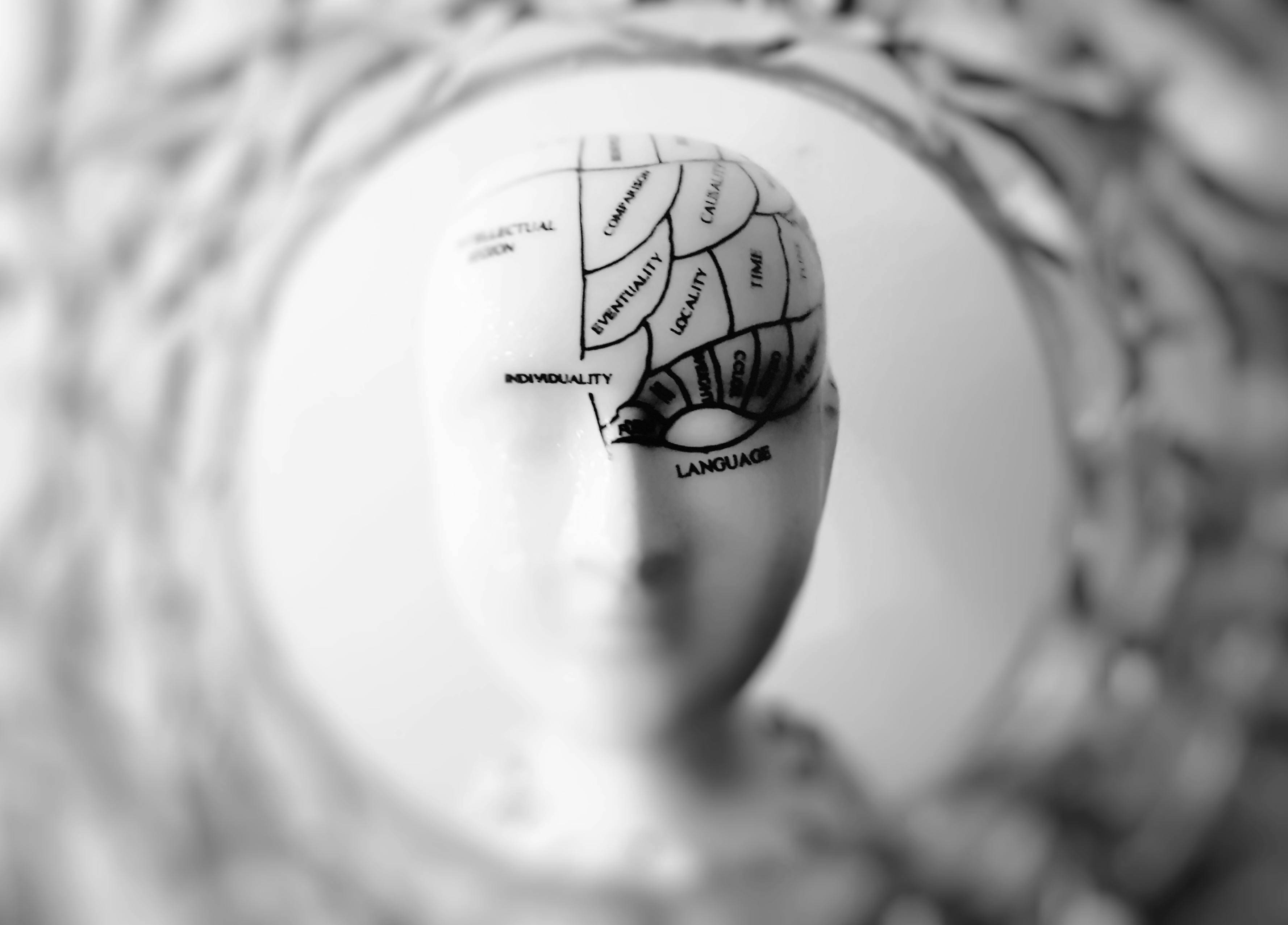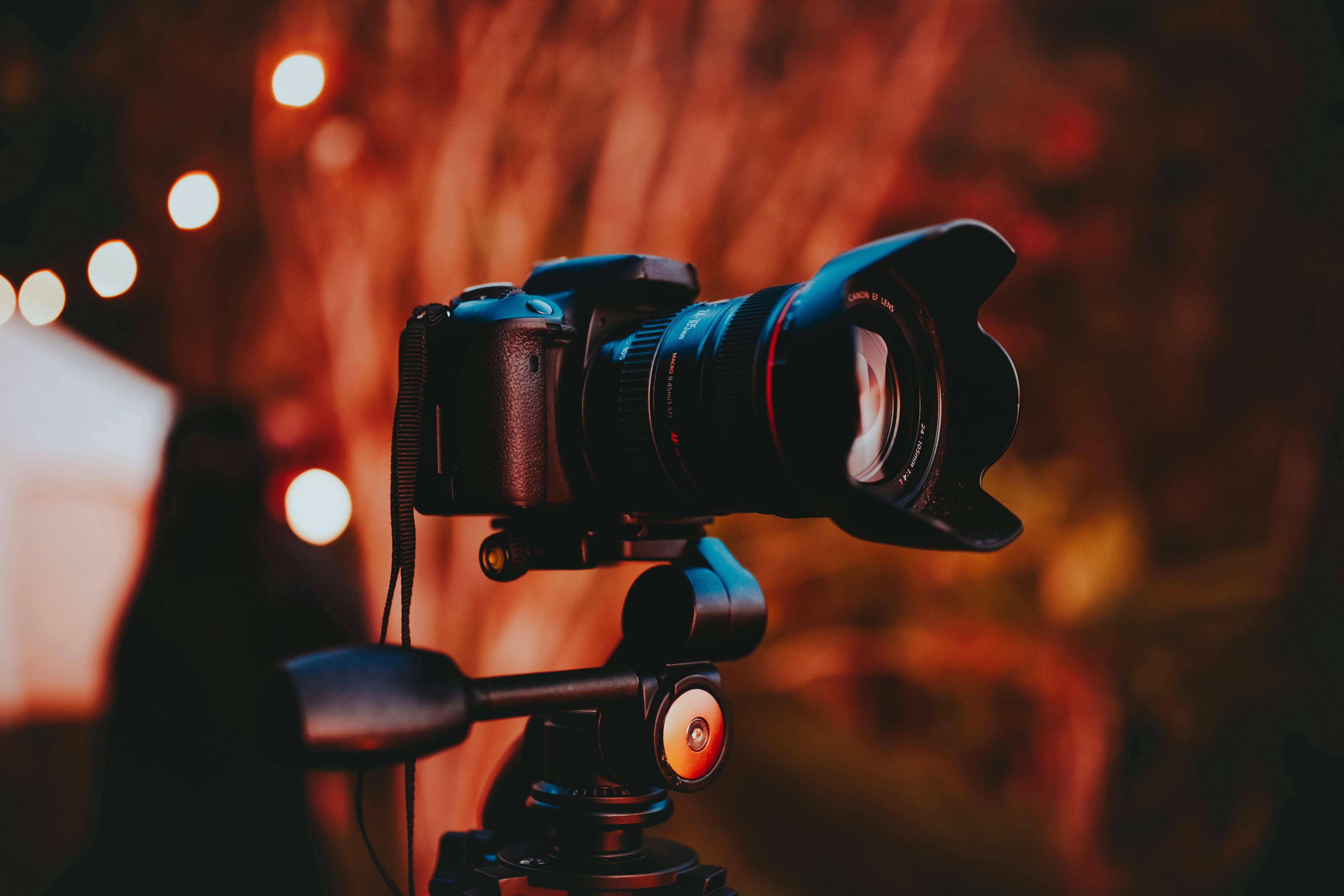The Psychology Behind the Photo
Key insights for agents from Snaply’s research on buyer behavior and real estate photography
Buyers begin forming opinions about a property within seconds of clicking on a listing. Their reactions to the images shape how they interpret everything that follows, including the price, the description, and even the condition of the home. Real estate photography plays a central role in how attention, emotion, and perceived value are created.
First impressions are driven by a concept known as thin-slicing, which refers to the brain’s ability to make quick judgments based on limited information. Studies show that buyers often spend less than 20 seconds evaluating a listing before deciding whether to explore further. During this time, more than half of their attention is spent on the photos. The first image they see sets a tone that stays with them through the entire experience.
This is where confirmation bias comes into play. Once buyers form an initial impression, their brain begins to look for evidence that supports that impression. If the lead photo suggests the home is clean, bright, and well cared for, they will tend to view the rest of the home more positively. If the first photo lacks clarity or appeal, buyers may become disengaged, even if the property itself is strong.
Photography also triggers an emotional response long before any logical evaluation begins. Neuroscience has shown that images are processed through the brain’s limbic system, which is responsible for emotion and memory. As a result, the lighting, color, and composition of a photo can immediately create feelings of comfort, warmth, or spaciousness. This emotional connection influences how much time a buyer spends on the listing and how motivated they feel to take the next step.
Another applicable mental concept is called the anchoring effect. Anchoring occurs when people rely heavily on the first piece of information they receive. In real estate, the first photo often becomes the reference point that sets expectations for the rest of the property. If that first photo communicates quality and style, the perceived value of the home increases. Even subtle elements like the angle of a shot or the presence of natural light can influence how spacious or inviting a home feels.
When agents understand these psychological principles, they can be more intentional about how they prepare and present their listings. Real estate photography becomes more than a visual asset. It becomes a strategic tool that guides buyer behavior, builds confidence, and influences decisions. Does your real estate photographer apply these psychological concepts to your advantage?


